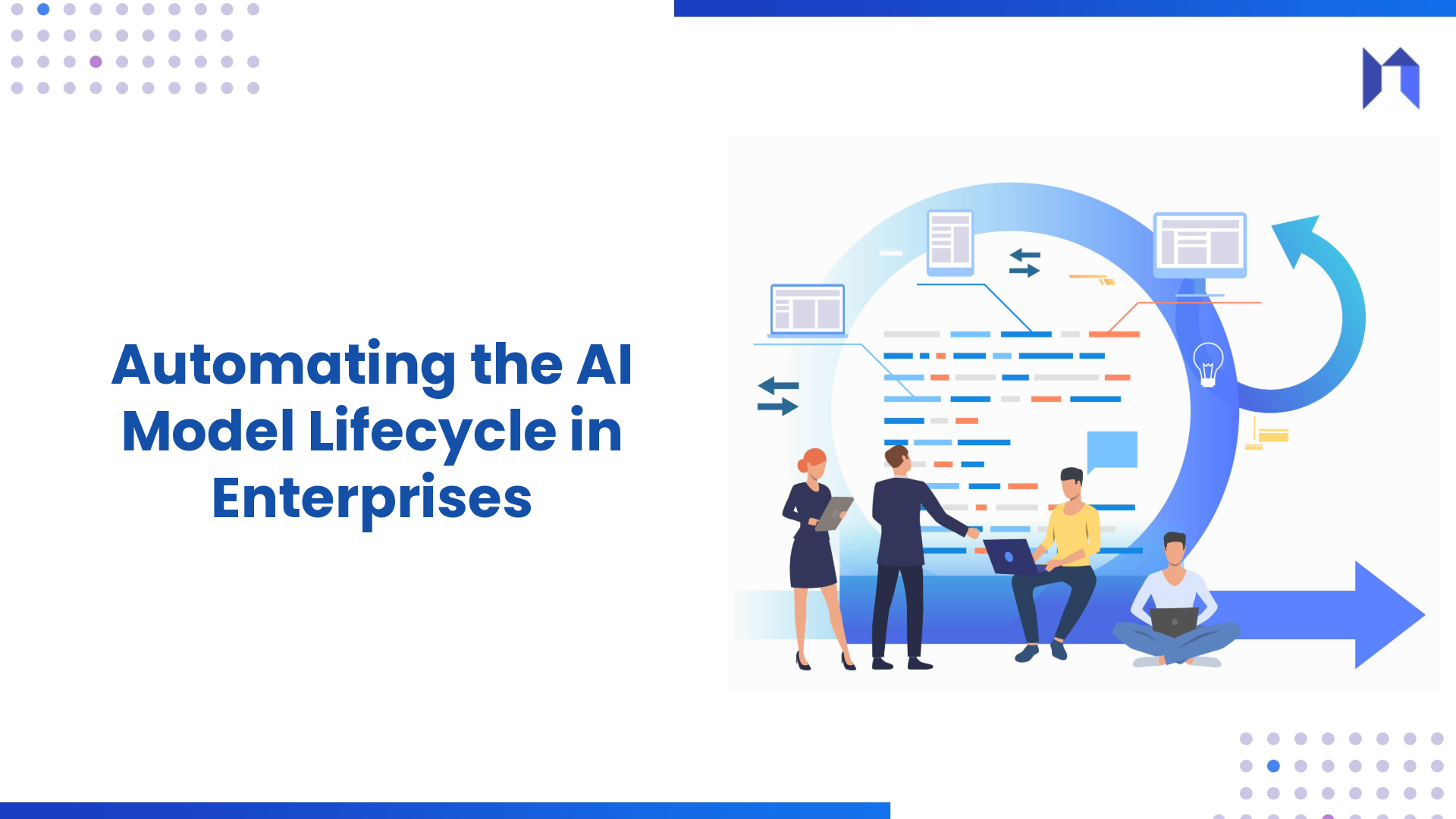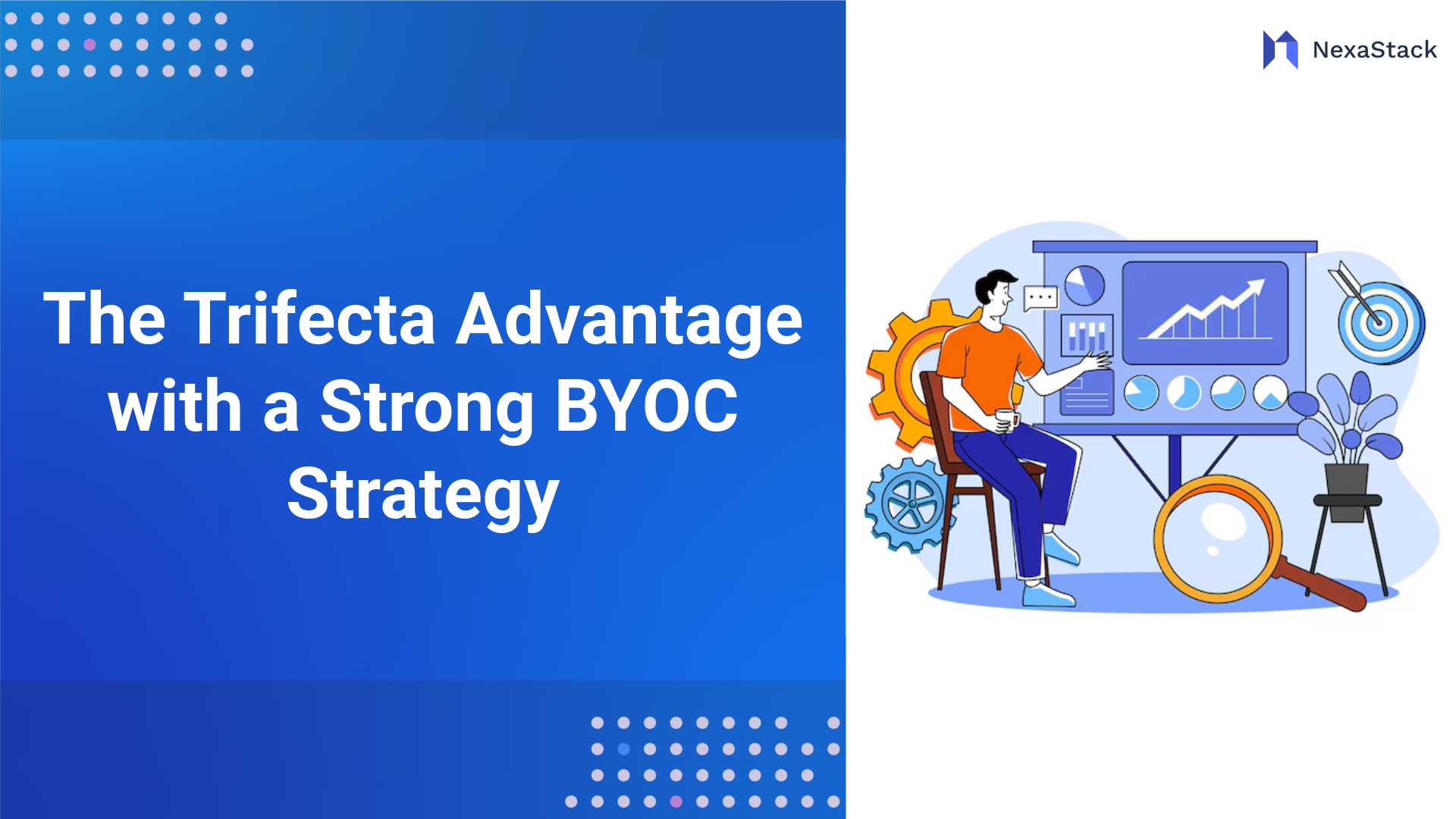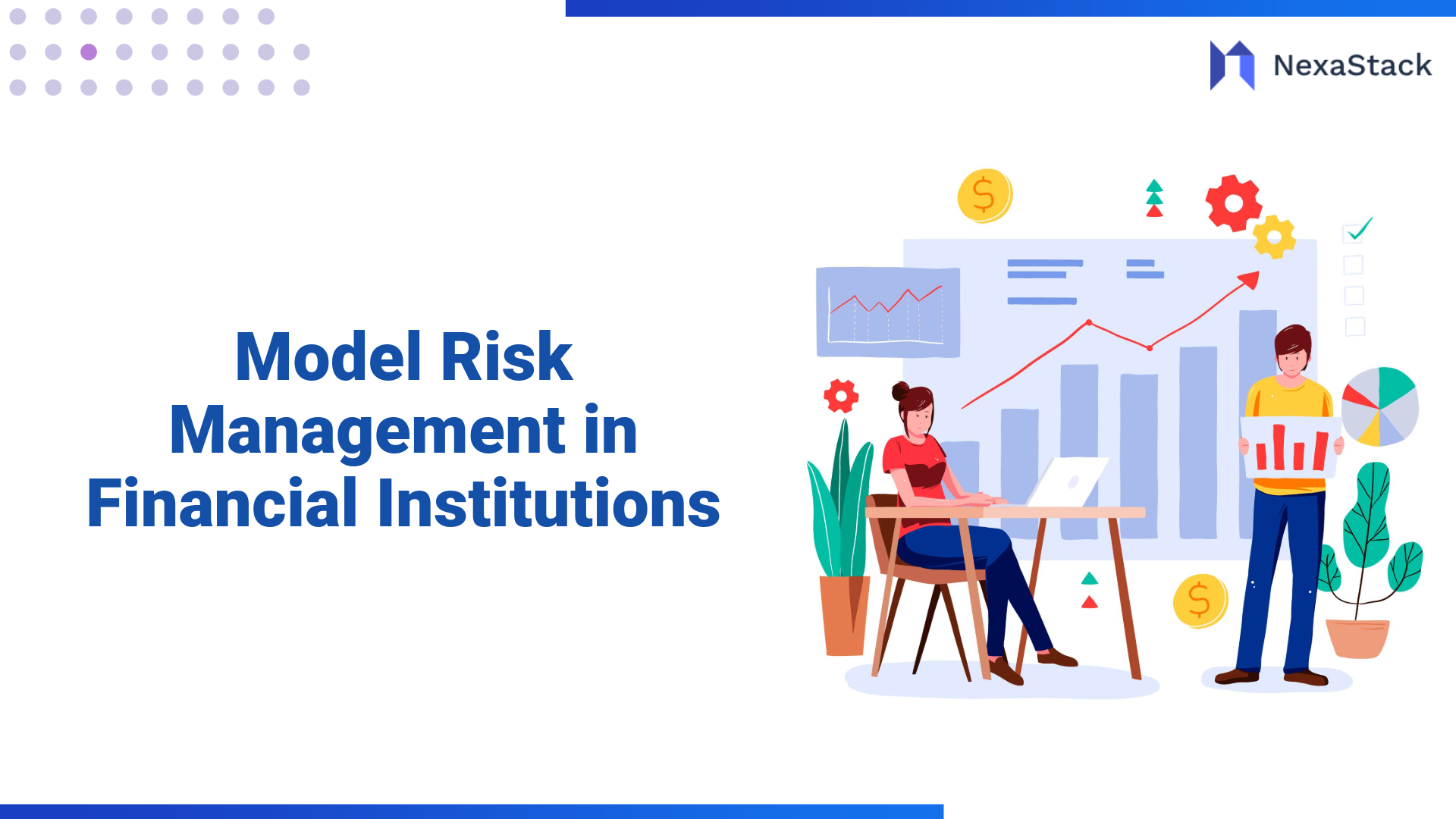A NexaStack and Google Vertex AI Platforms Comparison. Due to a need for efficiency of operations, scalability and security, modern businesses require Artificial Intelligence integration. Choosing a platform, or a model for development, deployment, and management, is vital.
NexaStack AI Platform and Google’s Vertex AI are two industry frontrunners and offer the most powerful features and solutions for managing each detail under a singular AI lifecycle framework. Unfortunately, differences in architectural design lead to differences in deployment flexibility, security envelopes, MLOps integration, cost, and other factors, which greatly influence their effectiveness for different organisational needs.
The detailed understanding provided in this post allows NexaStack's and Google's Vertex AI systems infrastructure to be compared and the respective core functionalities to be analysed. Their security measures, governance policies, and total cost of ownership are included in the comparison. These elements define performance optimisation, regulate and ensure compliance, and dictate cost-effectiveness across all measures of AI initiatives.
Moreover, we analyse the adoption of real enterprises, associated use cases, and singularly defined primary evaluation criteria for aligning the organisational AI strategy with platform approaches. This evaluation warrants sound decision-making towards selecting the most appropriate AI ecosystem environment to achieve the highest long-term business and innovation goals.
Platform Architecture and Key Capabilities
Various philosophical frameworks address platform AI impacts, the level of customisation required, the type of deployment, and integration with enterprise IT infrastructures.
 Figure 1: Platform Architecture
Figure 1: Platform Architecture Fundamental Differences in Design Philosophy and Architecture
Various philosophical frameworks address platform AI impacts, the level of customisation required, the type of deployment, and integration with enterprise IT infrastructures.
-
Google's Vertexai is a tightly integrated, fully managed cloud-native AI platform that runs within the Google Cloud environment. It provides end-to-end MLOps capabilities, which attracts organisations with a substantial investment in Google's cloud products.
Supported AI Models, Frameworks, and Integration Capabilities
Enterprise application support and compatibility with various machine learning models determine the AI platform selection.
-
NexaStack supports various ML frameworks, including TensorFlow, PyTorch, ONNX, Scikit-learn, and Hugging Face models. This guarantees that all the models will be successfully implemented.
Performance Benchmarks and Technical Specifications
AI application use cases demand greater computational efficiency, and performance is based on infrastructure, hardware acceleration, and optimisation.
-
NexaStack provides high-speed AI processing with on-premises GPU acceleration and cloud-agnostic deployment, enabling organisations to optimise their AI workloads efficiently.
-
Vertex AI leverages Google's Tensor Processing Units (TPUS) and AI-optimised pipelines to enable rapid model training and inference on Google Cloud infrastructure.
Each platform has strengths, and organisations must evaluate their AI workload needs before choosing a suitable deployment platform.
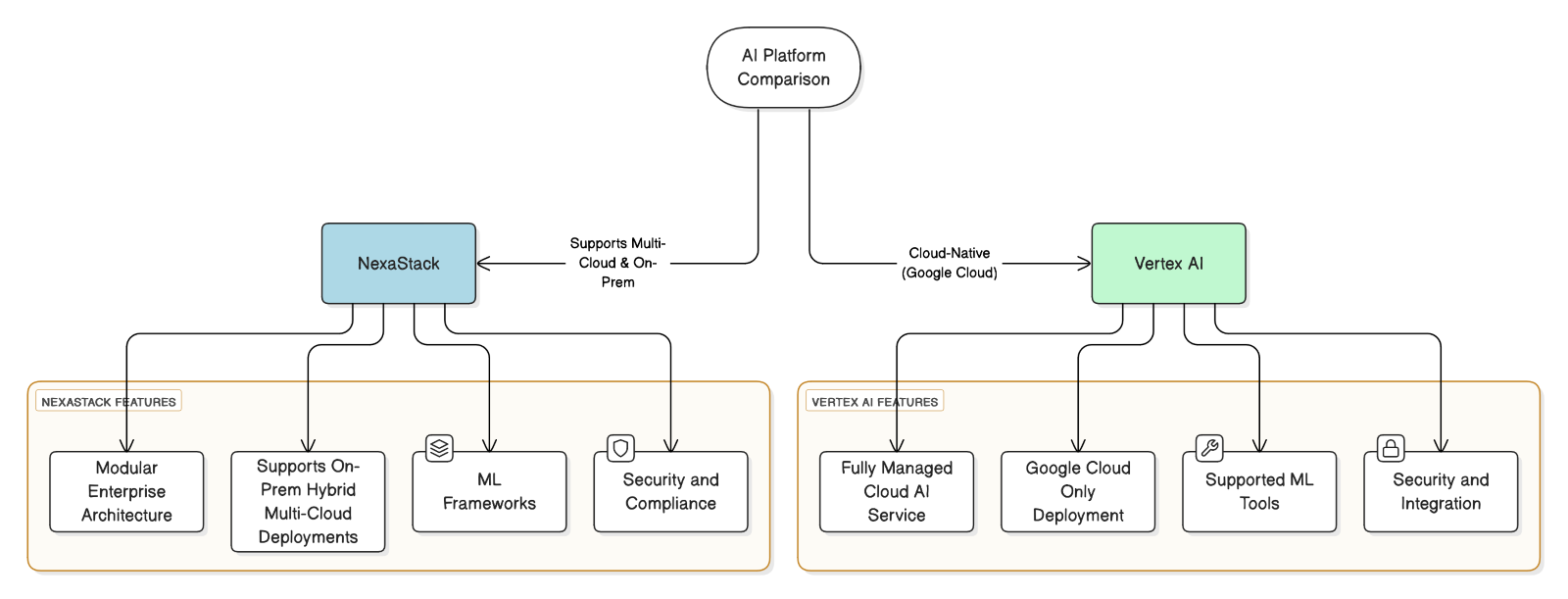
Deployment Flexibility and Infrastructure Options
An organisation's flexibility in deploying AI stems from its preferred infrastructure, regulatory environments, and scalability. It is worth noting that there are cloud, on-premises, and hybrid options.
Cloud, On-Premises, and Hybrid Deployment Comparisons
Businesses must consider the deployment flexibility that enables them to align AI workloads with their current infrastructure and compliance regimes.
-
NexaStack provides complete deployment flexibility with on-premises, hybrid, and multi-cloud deployments. This allows organisations to maintain control of sensitive data while scaling AI workloads with simplicity.
-
Vertex AI is an on-cloud platform that must be implemented within the Google Cloud framework, so it is an ideal choice for organisations already engaged within the Google framework.
Multi-Cloud Strategies and Vendor Lock-in Considerations
-
NexaStack offers actual multi-cloud AI orchestration, enabling organisations to run AI workloads across AWS, Azure, Google Cloud, and on-premises environments without dependency on a single provider.
Infrastructure Requirements and Optimisation Approaches
Infrastructure utilisation can reduce operating expenses and optimise the performance of AI models across several deployment configurations.
-
NexaStack enables organisations to leverage their current IT infrastructure, including on-premises systems, private clouds, and edge computing environments, for affordable AI infrastructure management.
-
Vertex AI is based on the Google Cloud platform, and thus, organisations must spend on Google Cloud compute and storage, which can be costly and affect future flexibility.
Organisations should consider their existing infrastructure investments and future scalability requirements when selecting the right AI deployment strategy.
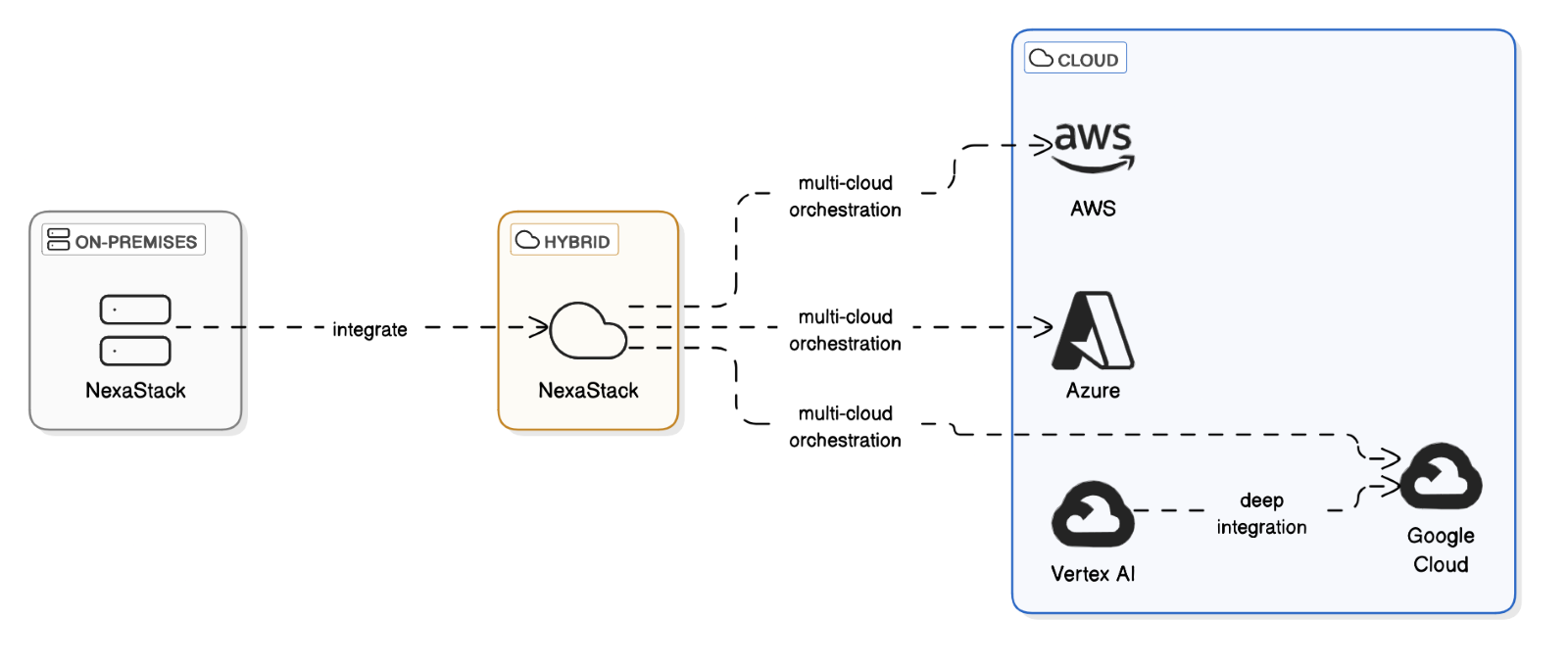
Security, Compliance, and Data Governance
Implementing an AI model implies that the company must prioritise securing information and the firm's regulatory compliance and governance standards, specifically for the finance and health sectors.
Data Privacy Protections and Sovereignty Controls
Data ownership is a prominent concern for corporations operating within highly stringent data hosting countries’ laws.
Regulatory Compliance Framework Support (GDPR, HIPAA, SOC 2)
Compliance with industry regulations is needed to ensure AI models match legal and ethical standards.
-
NexaStack adheres to GDPR, HIPAA, and ISO 27001, making it suitable for enterprises with strict compliance requirements.
-
Vertex AI also meets major regulatory standards, including SOC 2, ISO 27001, GDPR, and HIPAA, aligning with global compliance needs.
Access Control, Encryption, and Secure Model Serving
Strong security measures are necessary to prevent unauthorised access and protect AI models from cyber threats.
Organisations should assess their security and compliance needs when selecting an AI platform to mitigate risks and ensure regulatory adherence.
 Figure 1: Platform Architecture
Figure 1: Platform Architecture 



